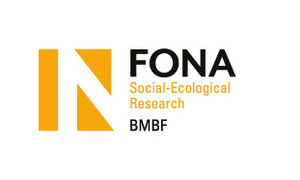The current platform-based organizations in the Sharing Economy – such as Airbnb and Uber – are criticized for their high concentration of economic profits based on the organizations’ ability to control the necessary platform technologies and data for mediating between suppliers and customers of sharing services (Haucap, 2009, 2016; Peitz, 2006). One approach to attack these dominant positions is seen in a new technology: Blockchain – a technology enabling safe, secure and private transactions between parties without a central mediator owning technology and data (Nakamoto, 2008; Underwood, 2016). Blockchain might be an enabler of new business practices and could supersede the central mediator to create a real decentral Sharing Economy (Filippi, 2017; Nowiński & Kozma, 2017; Prisco, 2016; Sundararajan, 2016).
However, the use of the Blockchain technology in real-life sharing organizations is currently rather scarce. One might think the technical complexity (Wuehler et al., 2018) hinders organizations from adopting the technology, but the rapid proliferation of Blockchain-based currencies shows that developers are able to handle the technical complexity. Another reason for the slow diffusion might be the exact origin of this new technology in a highly controversial domain as a means to organize criminal activities or as speculation objects (Stinchcombe, 2018). Following this line of thought, I analyze how Blockchain is linked to illegitimate or legitimate domains at different points in time. To study the embeddedness of new practices in existing concepts, I apply the idea of “theorization” developed in institutional theory (Dobbin & Dowd, 2000; Greenwood, Oliver, Lawrence, & Meyer, 2017; Meyer & Höllerer, 2010; Strang & Meyer, 1993). Thus, the aim of this paper is to reconstruct the theorization of the Blockchain technology, making the state of legitimization and the preconditions of diffusion better understandable.
Published in: Maurer, Indre; Achim Oberg and Dominika Wruk (eds.): Perspective on the Sharing Economy, p. 166-172
Author: Schöllhorn, Tino
Publication Date: 2019
Type: Book Section
Publisher: Cambridge Scholar Publishing
Link: https://www.cambridgescholars.com/perspectives-on-the-sharing-economy
05/01/2020


